Its Latin name might not betray her Islamic heritage, as Mallorca indicates “the larger one” in opposition to Menorca, “the smaller one”, but like the neighbouring Balearic Islands and most of Spain, Muslim states ruled the island of Mallorca for about three centuries. Despite the best efforts of the Catholic Kings of Aragon and Castille, plenty of hints remain on the island pointing to this chapter in her past.
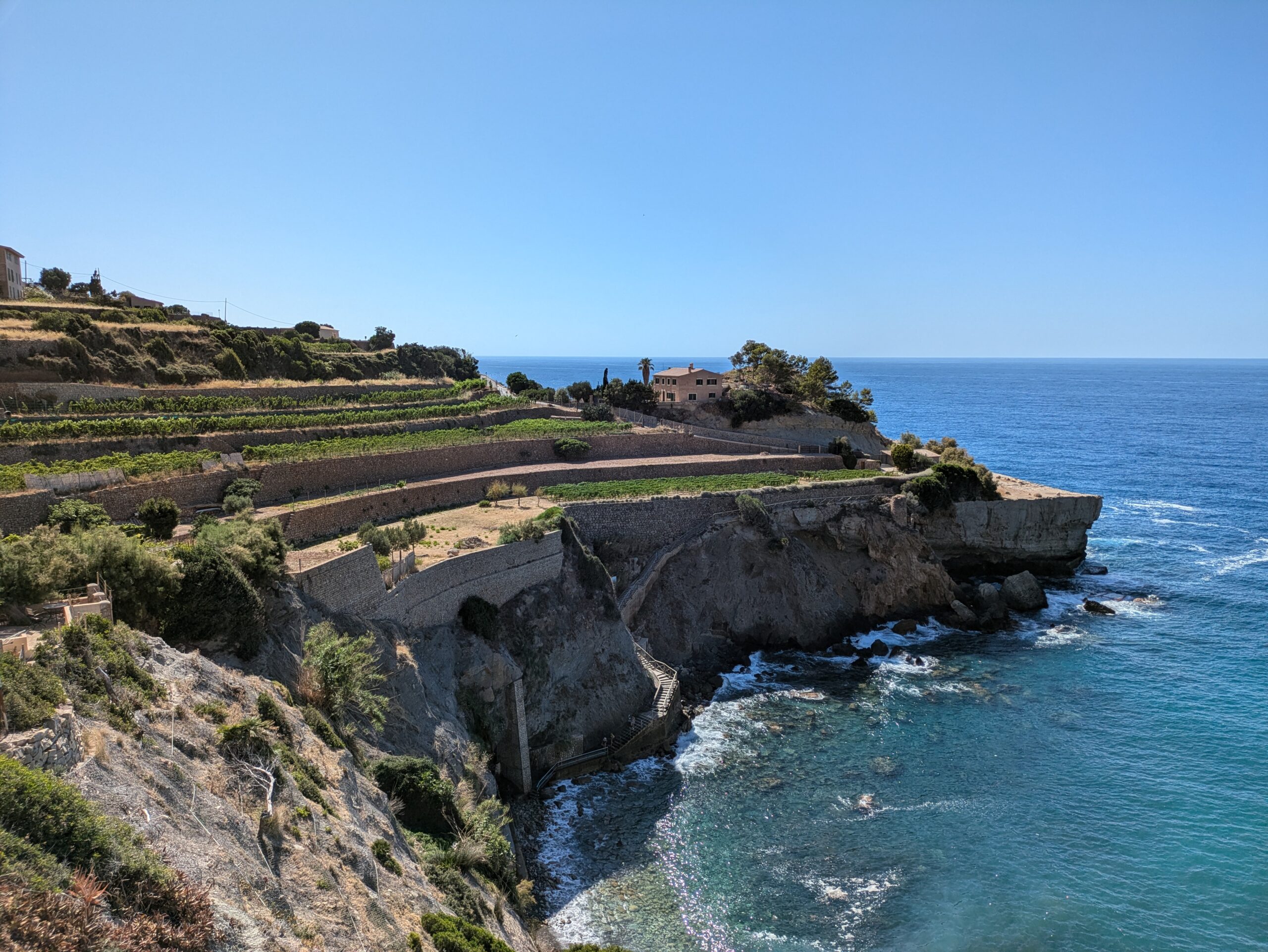
Visitors to the mediaeval city of Palma flock in large numbers to its magnificent cathedral, resting like an enormous slumbering insect on the shoreline, sturdy and robust against the erosion of time. Its gothic arches, pointed at the top, the flying buttresses, supporting a high nave, the intricate pinnacles, reaching for heaven, all of them are thoroughly European and recognisably so. But one who grabs a map of the city will find that the temple does not point to the East, as a Christian church should. Instead it faces Mecca, like the mosques of the Islamic world.
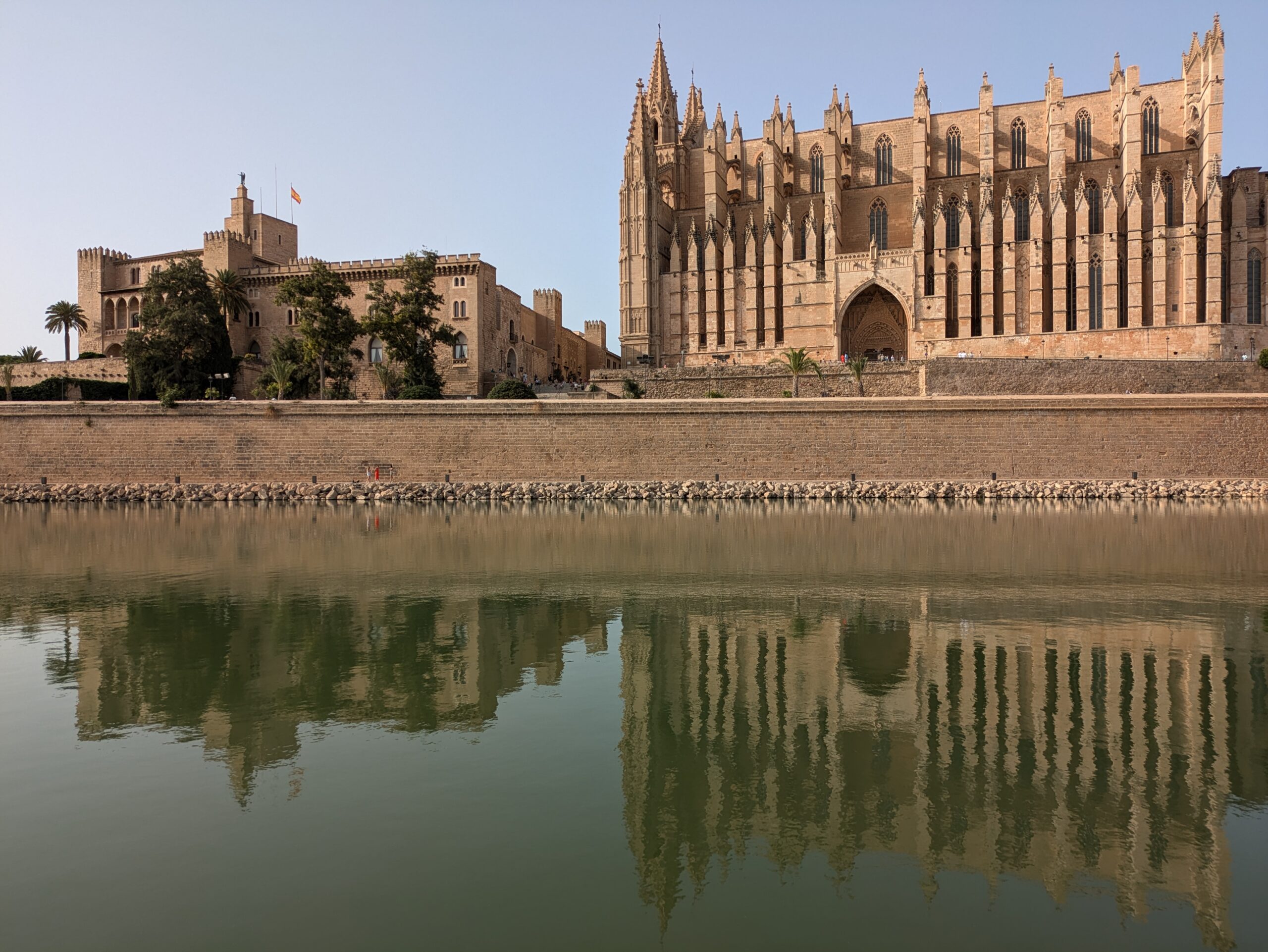
And when James the First set out in Barcelona to conquer these islands and drove out the Muslim rulers, the Arabic language left endless traces in the dictionaries of Europe. Some everyday examples might include the Arabic al-quttun, evolving into Spanish algodón, or the more familiar English cotton. Words like zaʿfarān, al-kuḥull, and hashīsh probably need less explanation.
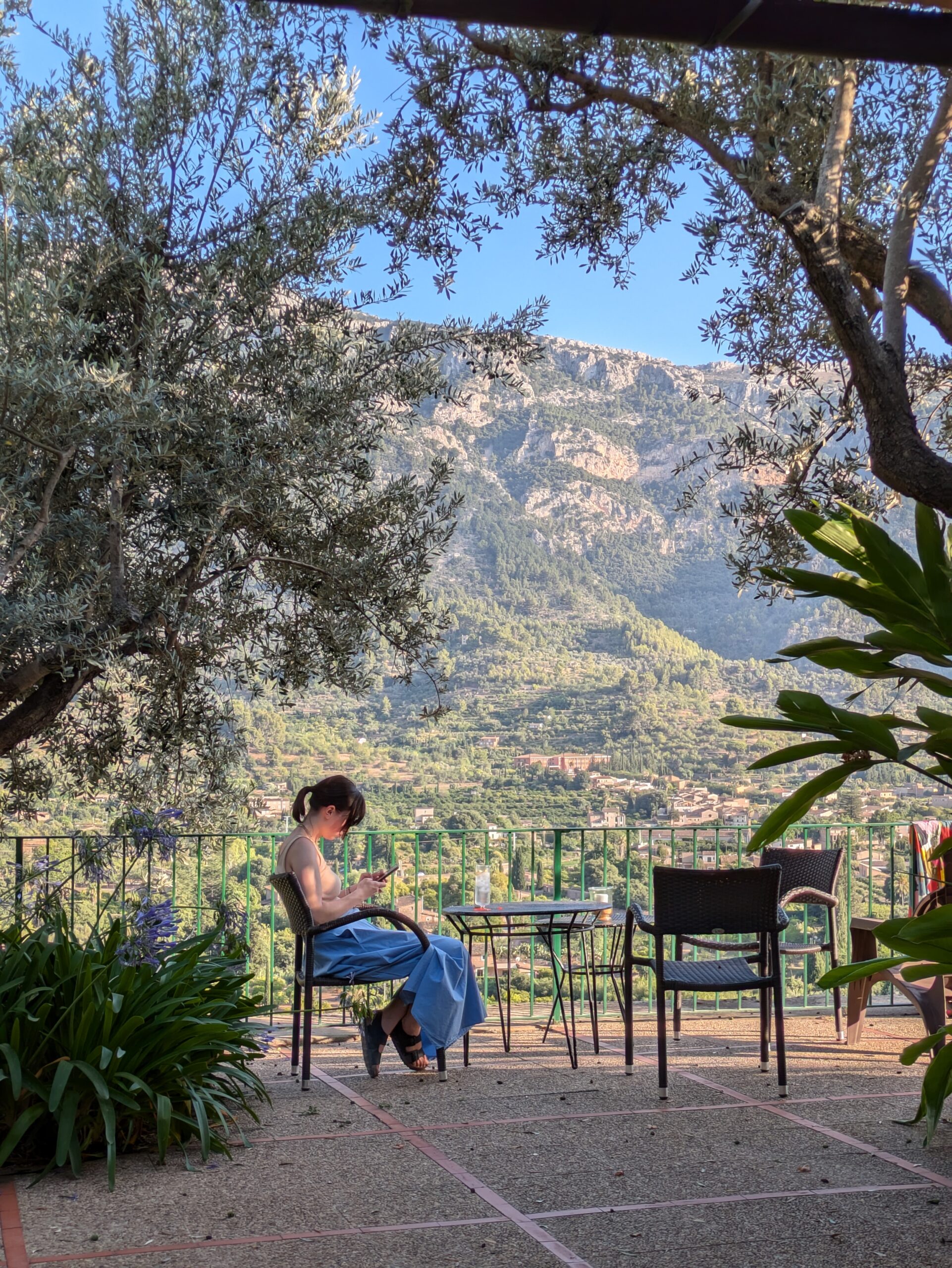
After being pushed from the island, many of the vengeful moriscos settled on the North African coast between Tangier and Tunis, manning or even captaining pirate vessels that would prowl the Mediterranean hungry for gold and slaves. Consequently, driving the winding roads of the Mallorcan Tramuntana Mountains, careful not to slip off a hairpin turn and dive into the water, you will see crumbling towers on every promontory and cliff jutting out from the island. There a frightened Christian would keep watch day and night, peering at the horizon and awaiting the arrival of the Muslim raiders. Bells were set ringing to warn the villagers nearby, who would flee and hide into the mountains, hoping not to be sold on the slave markets of Algiers for some gold coins or beasts of burden a week later.
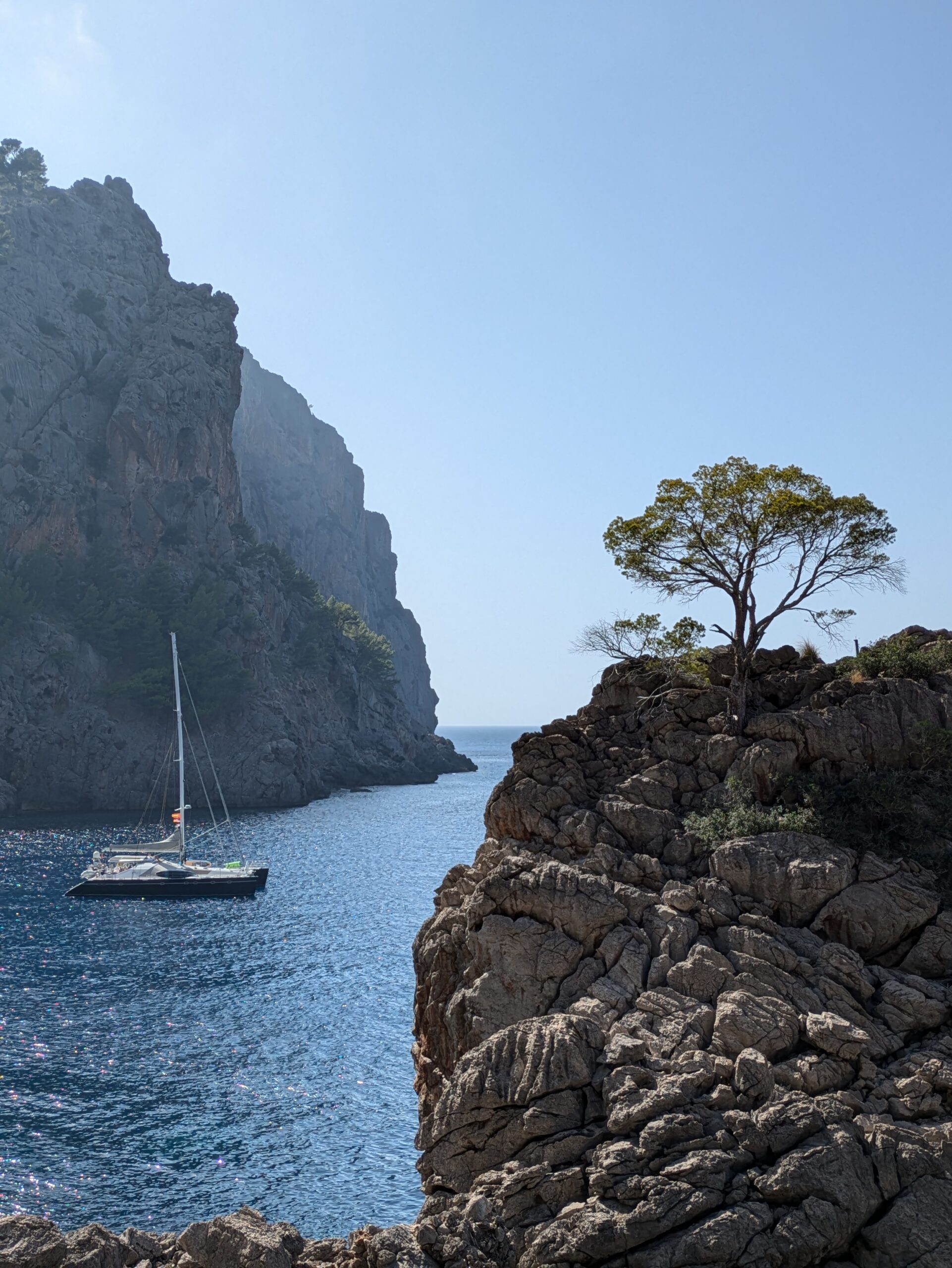
Neighbouring the terraced and wine producing cliffs of Banyalbufar, meaning so much as ‘seaside settlement’ in Arabic, rests the quiet town of Valldemossa. It originated as a royal summer residence, but perhaps tired of the upkeep, king Martin of Aragon donated it to the care of twelve Carthusian monks in 1399. After Muslim raiders pillaged and plundered the settlement about 150 years later (in surprise to noone) the surviving monks decided to build an interesting tower for their church, painted turquoise with Turkish pigments, and seemingly inspired by the pointy turbans of the Arabic raiders (in surprise to some).
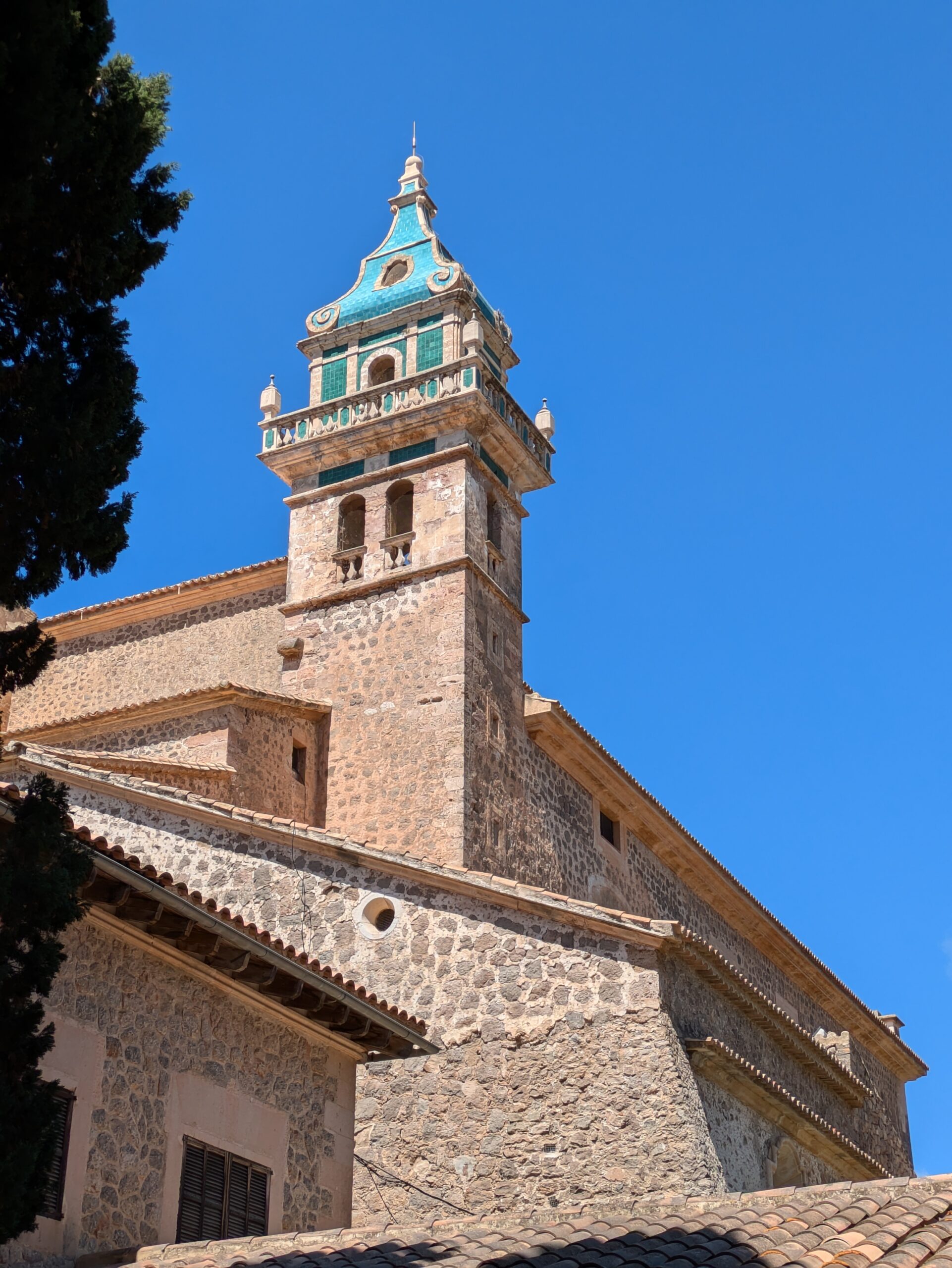
However, I am happy to report that we didn’t get robbed by any Muslims, nor kidnapped and transported to a North African slave market. Instead we spent our holiday melting under a searing Mediterranean sun, drifting from pebbly beach to pebbly beach, or ordering another set of drinks in wait of a grilled fish straight from the sea. It was pretty chill.
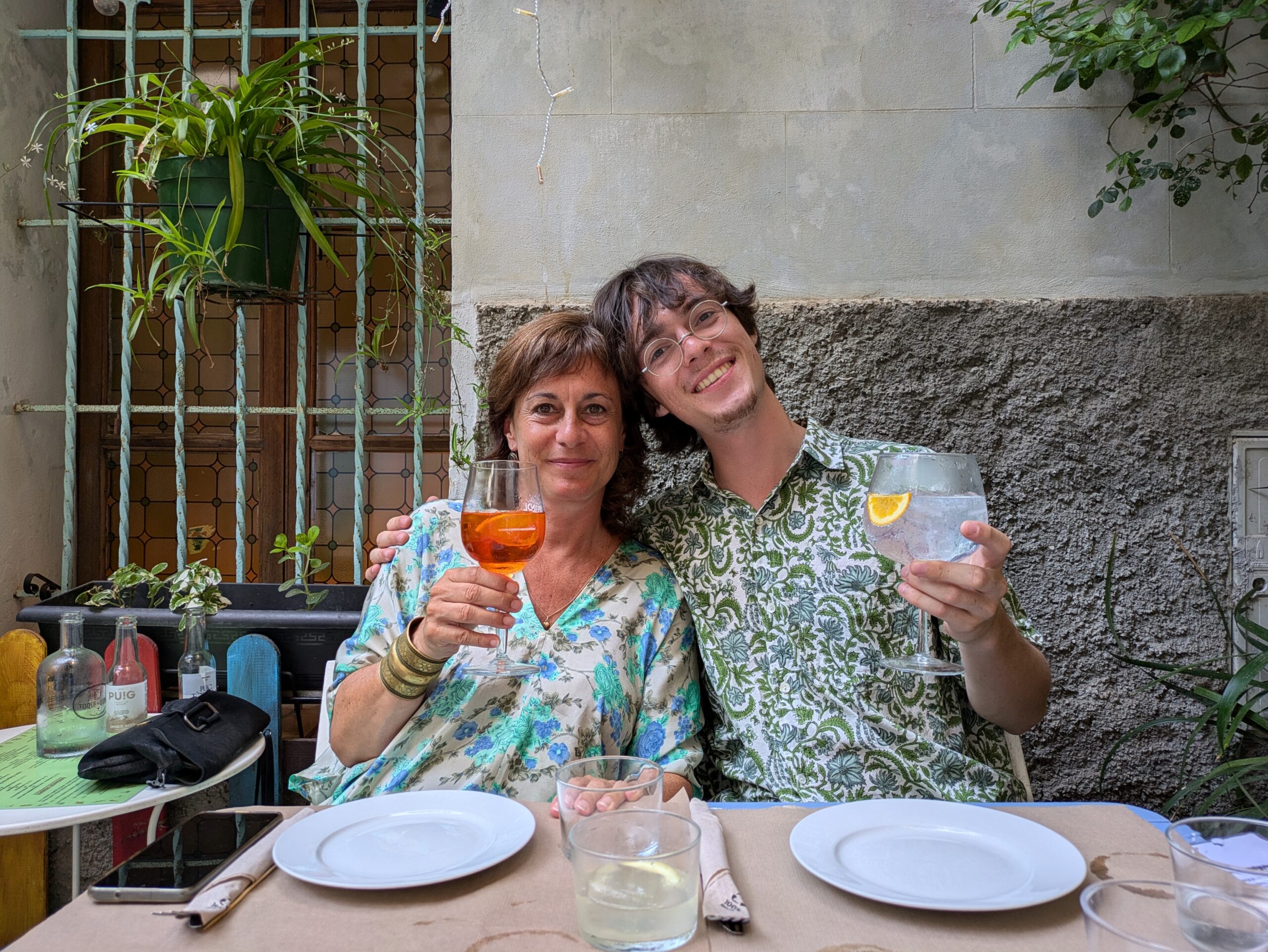


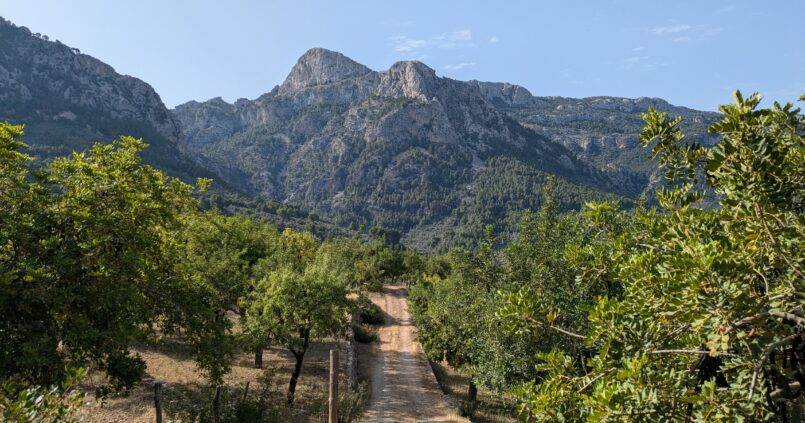
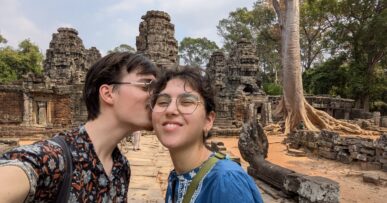
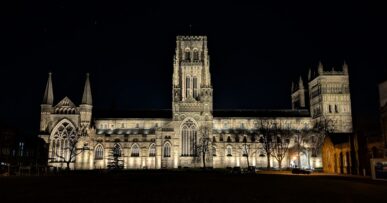
Comments (5)
Nice
Waarom reageer je niet in het Nederlands? Dan kan je toch beter gevoelens en indrukken overbrengen?
Hahaha! Bingo! 😘
Pretty chill 👍
Very chill even o.0